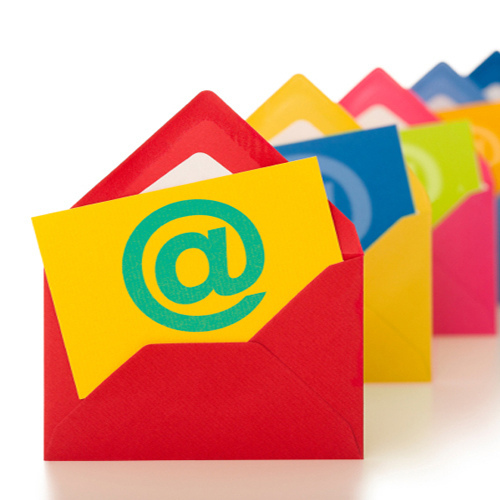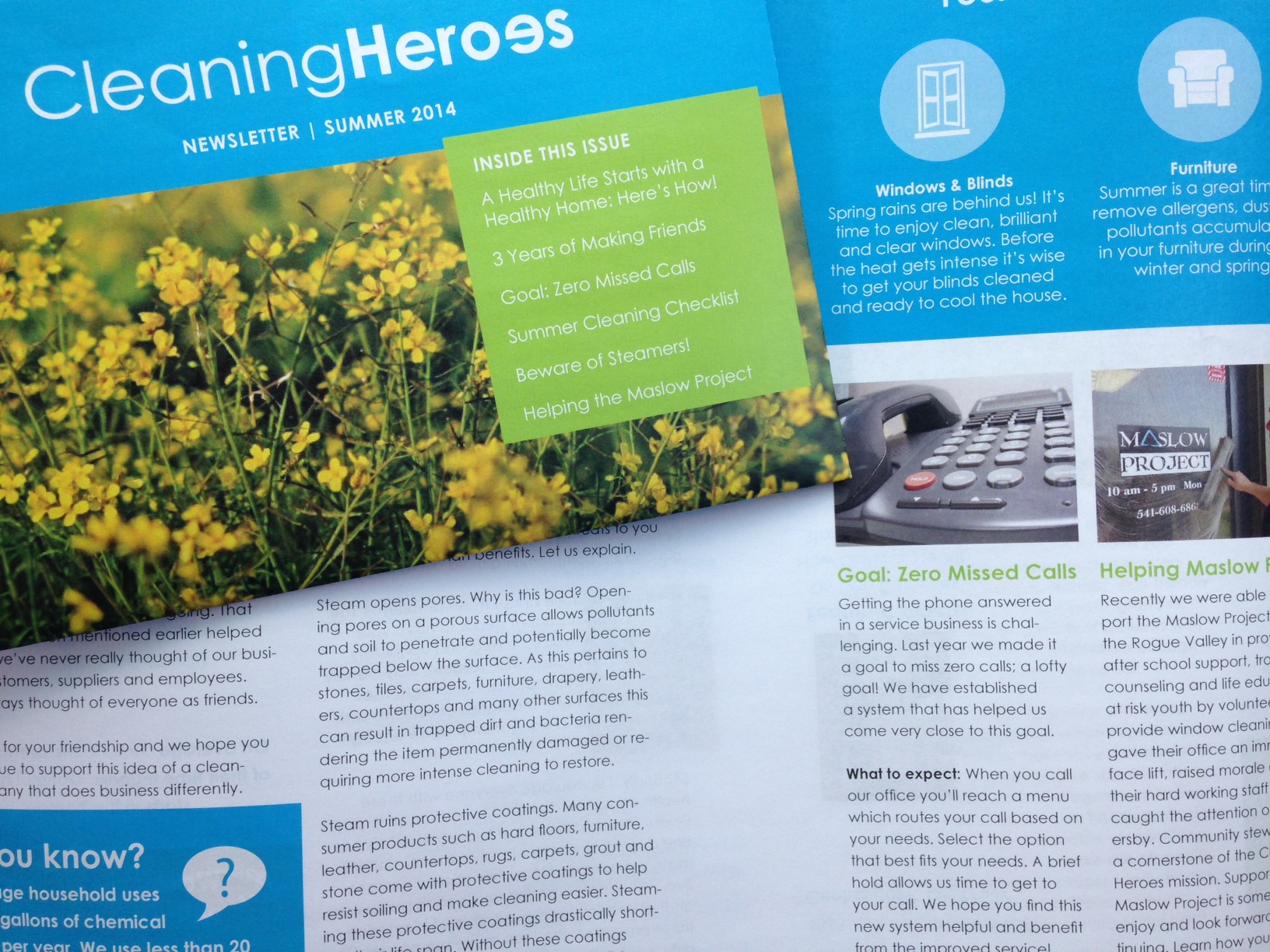
by Alyssa Craft | Aug 25, 2014 | Design
Today I would like to talk about minimalism in design, how sometimes “less is more”, and how taking a minimalist approach can help your marketing and ultimately, your business. To do this, I would like to highlight one of our clients, Olivia Leigh Photography. She takes a minimalist approach to her website and in doing so, the star of the show is her photography and not a “flashy” website that steals the attention. Here are three lessons in minimalism we can learn from the style of her website, and how ideas of minimalism can benefit your business. Lessons in Minimalism 1. Use of blank space Olivia’s photography is outstanding, and she knows to let her photographs shine. By having a site with a lot of blank space, or “white space”, 100% of the attention is on her photos. I have seen multiple photographers (and many other small business for that matter) that try to do too much with their websites and and everything ends up competing for attention. 2. Use of subtle fonts The fonts used on her website are very complementary to the photos and not distracting. Often, people want to use bold, exciting fonts for fear of being boring or traditional, but this is not always a good idea. Good typography is often one of those things that people don’t notice when it looks good, but everyone notices when it is bad. Good typography should help to support the message, or the photos in this case, but not steal the spotlight. 3. Use of a subtle logo Olivia’s logo is fairly subtle but elegant. While...

by Alyssa Craft | Jul 22, 2014 | Analytics
Despite the popularity of online marketing, many small businesses still make large investments in offline marketing campaigns that include newspaper and magazine ads, billboards, radio and TV commercials, direct mail, trade shows, and more. It is commonly believed that offline marketing efforts cannot be tracked, but this is simply not true. Methods for tracking offline marketing efforts are not perfect, but they have great potential to let you know whether your marketing is helping you achieve your business goals. It is said that you cannot improve what you cannot measure, so why not measure what you can? Today, I’ll share five ways you can start tracking your offline marketing. How to Track Offline Marketing Campaigns 1. URL Redirects One way to track your offline marketing efforts is to set up a URL redirect. If your main business website is at the URL www.yourbusiness.com, you could set up another URL at www.yourbusiness.com/identifier that redirects to your main page. By using Google Analytics, you can see how many people visited that unique URL. Pros: This is easy and effective. If you are on WordPress, I suggest using a plugin called Pretty Link Lite. The number of links you can create are unlimited with this plugin. Cons: Someone may still type in your main URL even though the campaign inspired them to visit. They may also just Google your business name. 2. Unique Phone Numbers By using a unique phone number for each offline advertising tactic, you will be able to see how many times that number was called and attribute it to a specific campaign. Pros: Over time, you can collect...

by Alyssa Craft | Jul 15, 2014 | Blogging
For small businesses that use blogging as part of their marketing strategy, it can be difficult to think of what to write about. This difficulty can lead to frustration and even giving up on the tactic all together. If you’re looking for new ideas to blog about that people actually care about, check out this Blog Topic Generator tool from Hubspot. It will generate intriguing titles such as “Miley Cyrus and Marketing: 10 Things They Have in Common.” I’m not actually going to compare Miley Cyrus to marketing (sad face, I know!), but I will show you a pretty cool free tool to generate creative ideas for your small business blogging and eliminate your writer’s block. How to Kickstart Post Ideas with the Hubspot Blog Topic Generator Step 1: Pick 3 Words Pick three words or phrases that have to do with your business (preferably nouns) and type them into the generator. Phrases that work for my business are are lead generation, small business marketing, and marketing consulting. Step 2: Generate A Week of Blog Topics Press the button labeled “Give me blog topics”. Here are my results. A blog topic generator can help you plan weeks or months of content. The ideas may not make sense 100% of the time, but they should be enough to get you started. You should make sure your posts provide useful information for your audience and support your overall marketing strategy. We hope this gives you some inspiration. Happy blogging! If you’re having trouble thinking of blog post ideas, or if you aren’t seeing results from your blogging, why not schedule a consultation with one of our marketing consultants? We’d be happy to talk to you about your...

by Alyssa Craft | Jul 8, 2014 | Uncategorized
If you use email for your business (and chances are, you do… a lot), then you may be missing out on a free marketing opportunity: your professional email signature. Many business owners have a lot to worry about and may think “if it isn’t broken, then don’t fix it.” With this mindset, email signatures are often an afterthought. We’ll let you in on a little secret. You can set up a custom-branded and professional-looking email signature in minutes that will not only look good, but can help achieve your marketing goals. The tool that lets you do this is called WiseStamp, and you can set it up in just three easy steps. What is WiseStamp? WiseStamp is an add-on for Internet Explorer, Firefox or Chrome that lets you create awesome, custom-branded email signatures with the click of a button. Here are some examples of what my email signature could look like. How to Create a Professional Email Signature 1. Install WiseStamp for Gmail Go to WiseStamp and create a new account. You must use Gmail for this to work. There are probably other solutions for you if you do not use Gmail, or you can even try to create one on your own. 2. Create a signature Once you sign up, you can create a signature with your contact information, logo or picture, and other cool things. You can also change the layout template for the signature. Contact Information Fill out the personal or business details you would like them to appear in the signature. For simplicity, you may not want to include every conceivable way to contact you. Do what makes sense for your business. Logo or Picture Pick a picture such as...

by Alyssa Craft | Jul 1, 2014 | Loyalty Marketing
In a competitive market, it’s important to stand out from the crowd. Popular marketing channels such as search engines, email, print advertising, online advertising, and networking groups are all packed with competition, and many small businesses are looking for new and unique ways to present themselves. Businesses are often so focused on new business that they forget to nurture current and past customers, and print newsletters are one way to strengthen those relationships and improve loyalty. However, misconceptions prevent many small business leaders from seriously entertaining the idea. In this post, we’ll address these misconceptions and discuss how sending a print newsletter can help you achieve marketing goals. Misconception #1: printing and postage is too expensive. Fear of sticker shock prevents many business leaders from considering a print newsletter, but calculating the cost per customer helps put things into perspective. A four-page color newsletter may cost as little as $1.30 per customer per mailing depending on the specifications of the print job. For a quarterly newsletter, that’s about $5.00 per customer per year. That’s a small price to pay for cultivating genuine and long-lasting business relationships. Misconception #2: the design process is difficult. Some people hesitate to send print newsletters because they don’t have professional graphics software or design experience. Microsoft Office and other common programs are a low-cost option, but you may not be able to customize the templates as much as you’d like. If design is not your thing, there’s no need to spend hours or days stressing over creating a newsletter. If you hire a professional graphic designer in Medford, OR, a small investment can yield a high-quality, fully-branded template to use again and again. Misconception #3: creating content is hard. The idea of creating content can be intimidating, but it’s not as difficult as you...






